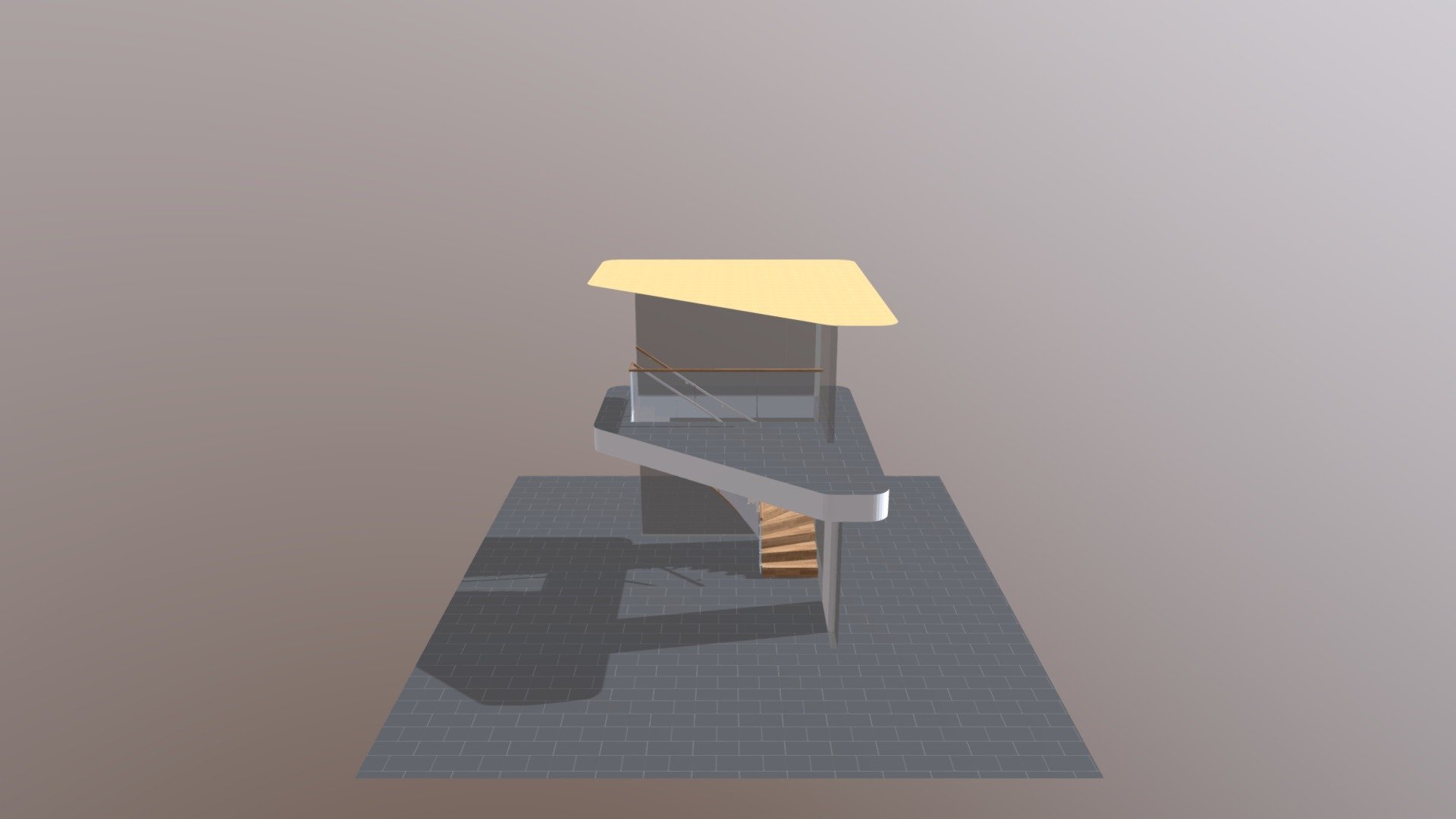
2869
sketchfab
The human body is a highly complex and dynamic system that consists of numerous organs and tissues working together to sustain life. It is made up of approximately 37.2 trillion cells, which are the basic building blocks of all living things. The human brain, for example, is a vital organ responsible for controlling movement, regulating emotions, and processing information from the environment. The human body's ability to heal itself after injury or illness is truly remarkable. When damaged tissue is identified, the body sends in repair teams consisting of immune cells, such as white blood cells and platelets, which work together to clean up debris and restore order. This process is made possible by a complex network of nerves that transmit signals throughout the body. The human heart is an incredible organ that pumps approximately 2,000 gallons of blood every day, supplying oxygen and nutrients to all parts of the body. Without it, life would not be possible. The human lungs are also vital organs that take in oxygen from the air we breathe and expel carbon dioxide through exhalation. The human digestive system is responsible for breaking down food into nutrients that can be absorbed by the body. It consists of the mouth, esophagus, stomach, small intestine, and large intestine. The mouth uses saliva to break down carbohydrates, while the stomach secretes acid to denature proteins and kill bacteria. The small intestine absorbs nutrients from the bloodstream and passes them on to the liver for further processing. The human nervous system is a complex network of nerves that transmit signals throughout the body. It consists of the central nervous system (CNS), which includes the brain and spinal cord, and the peripheral nervous system (PNS), which includes nerves that branch out from the CNS to the rest of the body. The PNS is responsible for controlling voluntary movements such as walking, talking, and writing. The human endocrine system is a network of glands that produce hormones that regulate various bodily functions. It consists of the pituitary gland, thyroid gland, adrenal glands, pancreas, and ovaries in females or testes in males. Hormones produced by these glands regulate growth and development, metabolism, reproductive function, and other essential processes. The human immune system is a complex network of cells, tissues, and organs that work together to defend the body against infection and disease. It consists of the skin, mucous membranes, lymphoid organs such as the spleen and lymph nodes, and immune cells such as white blood cells and platelets. The immune system recognizes and responds to foreign substances, repairing damaged tissue and fighting off pathogens. The human skeletal system is a network of bones that provide support, protection, and movement for the body. It consists of 206 bones, including long bones, short bones, flat bones, and irregular bones. The bones are connected by joints, which allow for flexibility and mobility. The skeletal system also provides a framework for muscle attachment, enabling movement. The human muscular system is responsible for controlling movement, maintaining posture, and regulating body temperature. It consists of approximately 640 muscles that work together to facilitate voluntary movements such as walking, running, and lifting. Muscle fibers contract and relax to produce movement, while tendons connect muscles to bones, allowing for smooth and efficient movement. The human circulatory system is a network of organs and vessels that transport blood throughout the body. It consists of the heart, lungs, arteries, veins, and capillaries. The heart pumps blood through the bloodstream, supplying oxygen and nutrients to all parts of the body.
With this file you will be able to print 2869 with your 3D printer. Click on the button and save the file on your computer to work, edit or customize your design. You can also find more 3D designs for printers on 2869.
